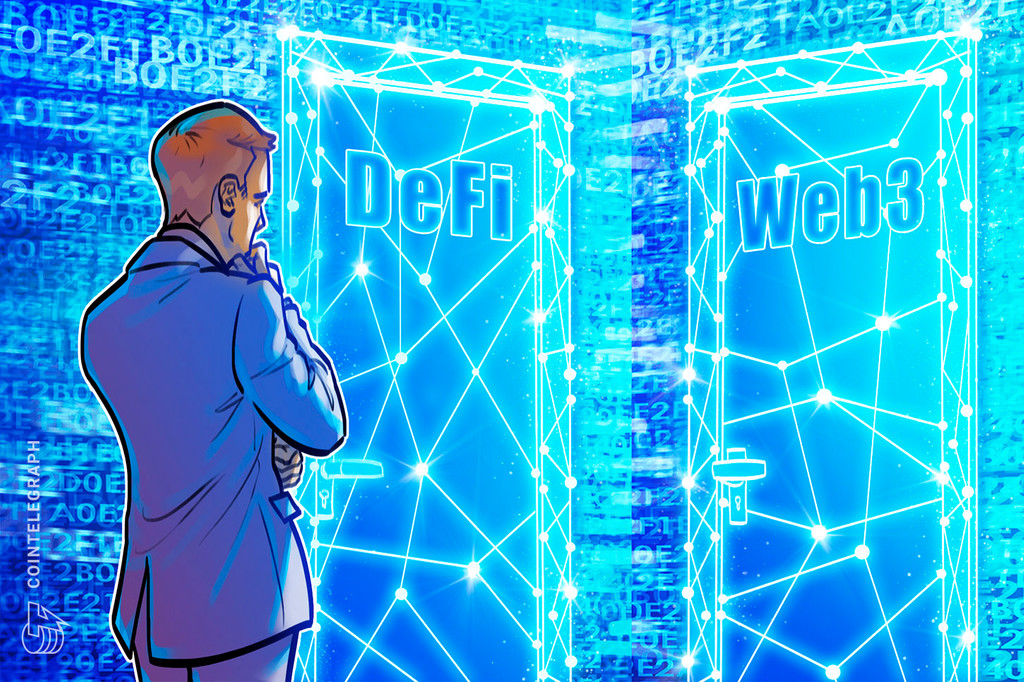Web3 uses blockchain technology to create a more equitable internet. The original vision of the internet was that it would be decentralized and accessible to everyone, but unfortunately, this vision has been lost, as the web has become increasingly centralized. DeFi is essentially Web3’s version of a more transparent financial system.
Permissionless
The term “permissionless” is used because there are no restrictions on who can participate in these networks. Those who participate can do so without any limits or barriers.
The difference between DeFi and Web3 lies in their implementation and how developers use them. DeFi is primarily built on blockchains and is used to enable financial services without a central authority.
Web3 is a broader term encompassing DeFi and other decentralized technologies, such as DApps, nonfungible tokens (NFTs) and DAOs.
Decentralized
Decentralization refers to the ability to function without being controlled by a centralized intermediary. DeFi and Web3 are both designed to be decentralized. Web3 is an effort to construct a decentralized, open network free from centralization by utilizing peer-to-peer protocols. Similarly, DeFi uses blockchain technology to transact without relying on centralized entities like banks.
Interoperable
The term “blockchain interoperability” describes how well different blockchains can communicate. This allows them to freely exchange data, tokenized assets and other technology.
In a centralized world, this provides easy access to one’s data across several applications through centrally stored data. DeFi services residing in a shared blockchain network are interoperable with one another.
Custody
In terms of custodial control, DeFi applications are typically noncustodial, meaning that users hold the private keys to their funds and assets, giving them full control and ownership.
On the contrary, Web3 applications can also be noncustodial, depending on the specific application, but some may also be custodial, where a third party holds the private keys and controls the assets.
Cryptographically verifiable
DeFi chains and Web3 blockchain systems are designed to be impervious to tampering, with records on the chain verified through cryptography. This not only helps to make the system more transparent and secure, but it also makes falsifying any records on the blockchain impossible.
Economic and governance systems
Both DeFi and Web3 use asset tokenization and…
Click Here to Read the Full Original Article at Cointelegraph.com News…
























